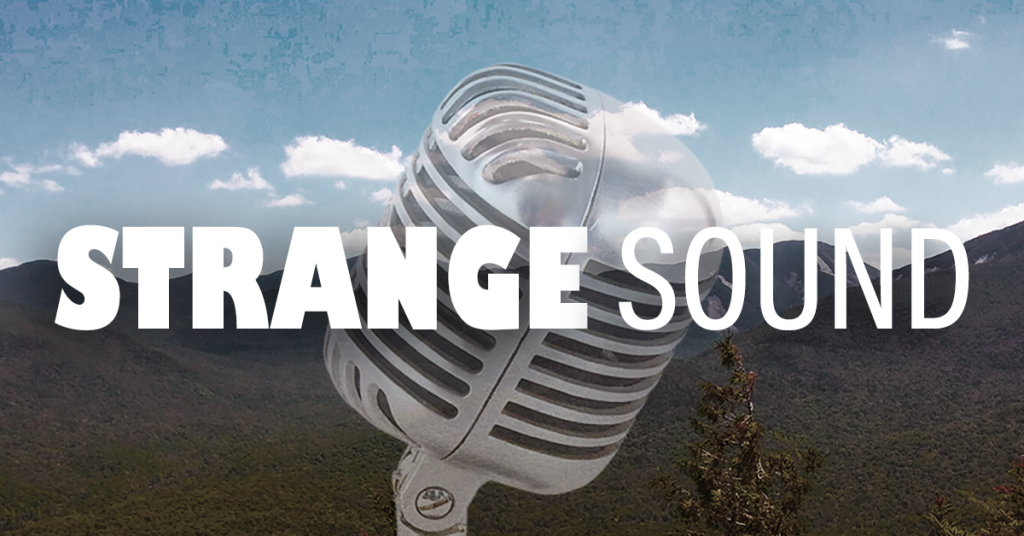NOTE: The Russian invasion of Ukraine began a day after I finished this post. The points are still relevant, in my humble opinion.. jp
In light of some of the Twitter arguments I’ve been getting into, I thought it might be a good idea to return, once again, to the Russia/Ukraine issue. It’s not hard to find people who are more well-informed on this score than I am. I am not an expert. That said, many of the commentators I see on cable television are not experts, either. I see that as a license to bloviate in these dark and disturbing times.
As many of you know, Twitter is no place for a nuanced foreign policy debate, and I’m not certain that blogging is any better suited to the task. I’ll let you be the judge of that. I have blogged on this issue before, most recently just a couple of weeks ago. And so here I go, as the shadow of war falls over all of us once again. Let’s make a few things clear, shall we?
Point one: Putin is not a nice man
When I criticize the United States’ role in bringing about the Ukraine crisis, people on Twitter accuse me of being an apologist for Putin, even a fan of the Russian president. Oldest trick in the book. For the record, Putin is an autocratic creep-ass, willing to put thousands of people at risk or engage in mass murder just to make a point. I’ve never liked him, but neither do I ever conflate him with the country he leads. His somewhat unscrewed speech from a few nights ago just confirms what I’ve always assumed – he’s a craven neo-czarist thug, and he has a constituency that wants just that.
Point two: We wanted an autocratic Russia
Today’s Russia is partly the product of decades of bad policy. Few seem to remember that in 1993, when then-president Boris Yeltsin shelled the Russian parliament because they weren’t doing his will, the nascent Clinton administration was very supportive. This is simply the most gross example of how we favored a dominant executive in Russia from the very start of the post-Soviet era.
It totally makes sense, when you look back on the history of U.S. foreign policy. We like having one dude or a small gaggle of dudes (but really just one) to deal with in a foreign country, rather than some random elected body of representatives. Yeltsin was dictatorial but compliant with U.S. direction, which is why when Russians reflect on the demographic and economic catastrophe that rolled over them in the 1990s, they reserve much of the blame for us.
Point three: Don’t blame socialism
Okay, let’s put this to bed once and for all. Russia was an expansionist imperial power during the Czarist period. To a limited extent, this was true during the communist period as well. Now, in post-communist Russia, they’re trying to build a cordon sanitaire to their west once again. This is a Russia thing, not a commie thing – Russia will always throw its weight around to some extent, because – like us – it thinks highly of itself. Nothing to do with socialism .
Point four: Whose mutual defense obligation?
Those who insist that Ukraine should be invited to join NATO should consider what they’re suggesting. How many nation states should our young people be asked to defend with their lives? Our military men and women are already on the hook for defending Poland, the Baltic States, Montenegro, Romania, Slovenia, for crying out loud. Are we also going to ask them to stand between Ukraine and Russia? What’s next – Quemoy and Matsu? Just because so many of our young people are willing to wear the uniform doesn’t mean we should be eagerly pitchforking them into one hopeless fight after another.
Point five: There is a NATO already
Another common rejoinder from my Twitter friends is that if we appease Putin now, he will roll into Poland, occupy Eastern Europe, and drive to Germany and France. Now, I know it’s cold comfort, but Twitter friends, for god’s sake, Russia is faced with a solid wall of NATO allies to its west, each on a hair-trigger to call in the American military if it even smells like Russian tanks are on their way. Any attempt by Vlad to channel Peter the Great would result in World War III and probably the end of effing everything. So … uh … no worries?
I could go on, but for right now, let’s at least agree to pray for peace and encourage our leaders to find that off-ramp I was talking about a couple of weeks ago. There’s plenty of blame to go around for this debacle, but my hope is that cooler heads will prevail.
luv u,
jp

